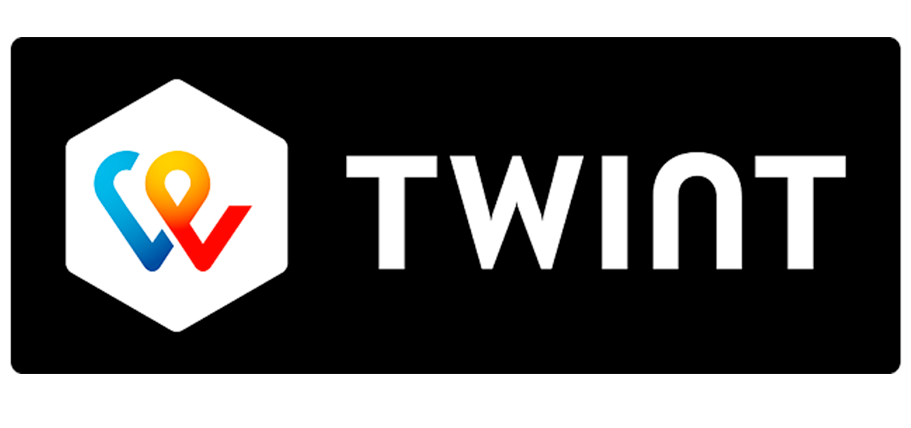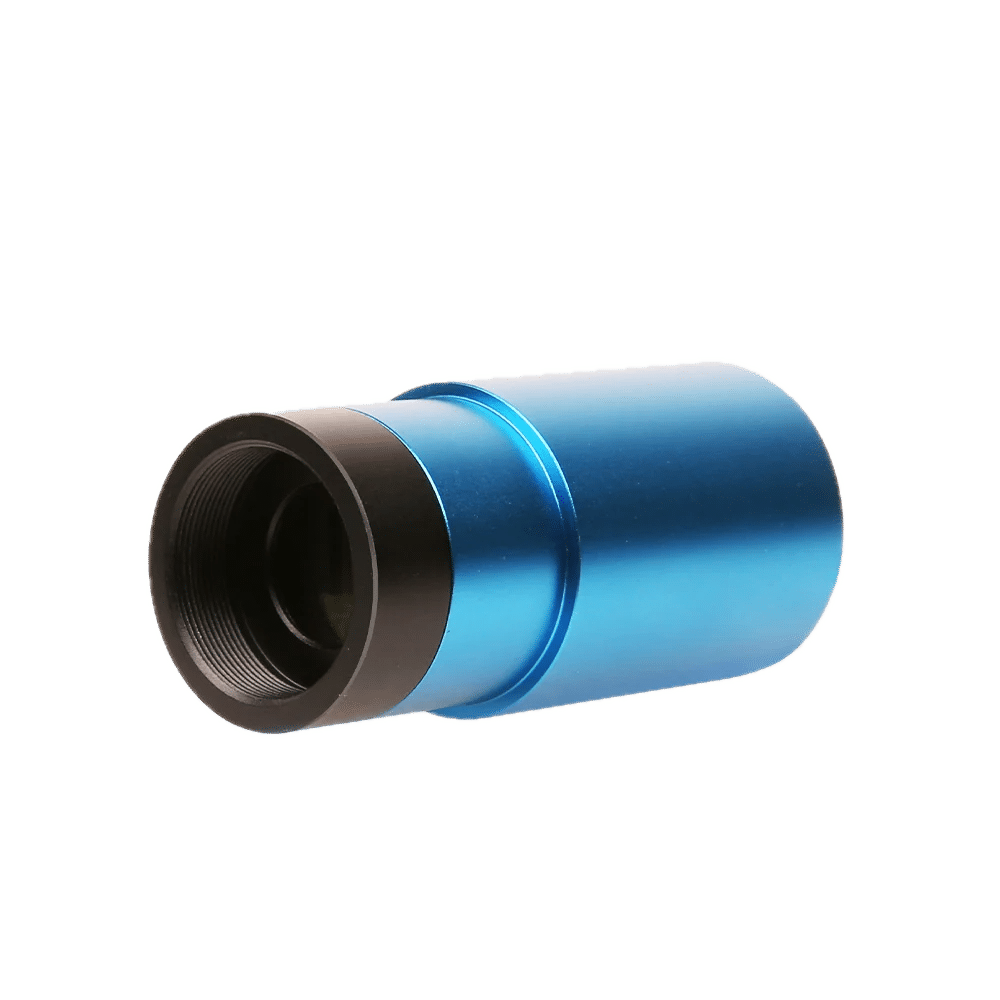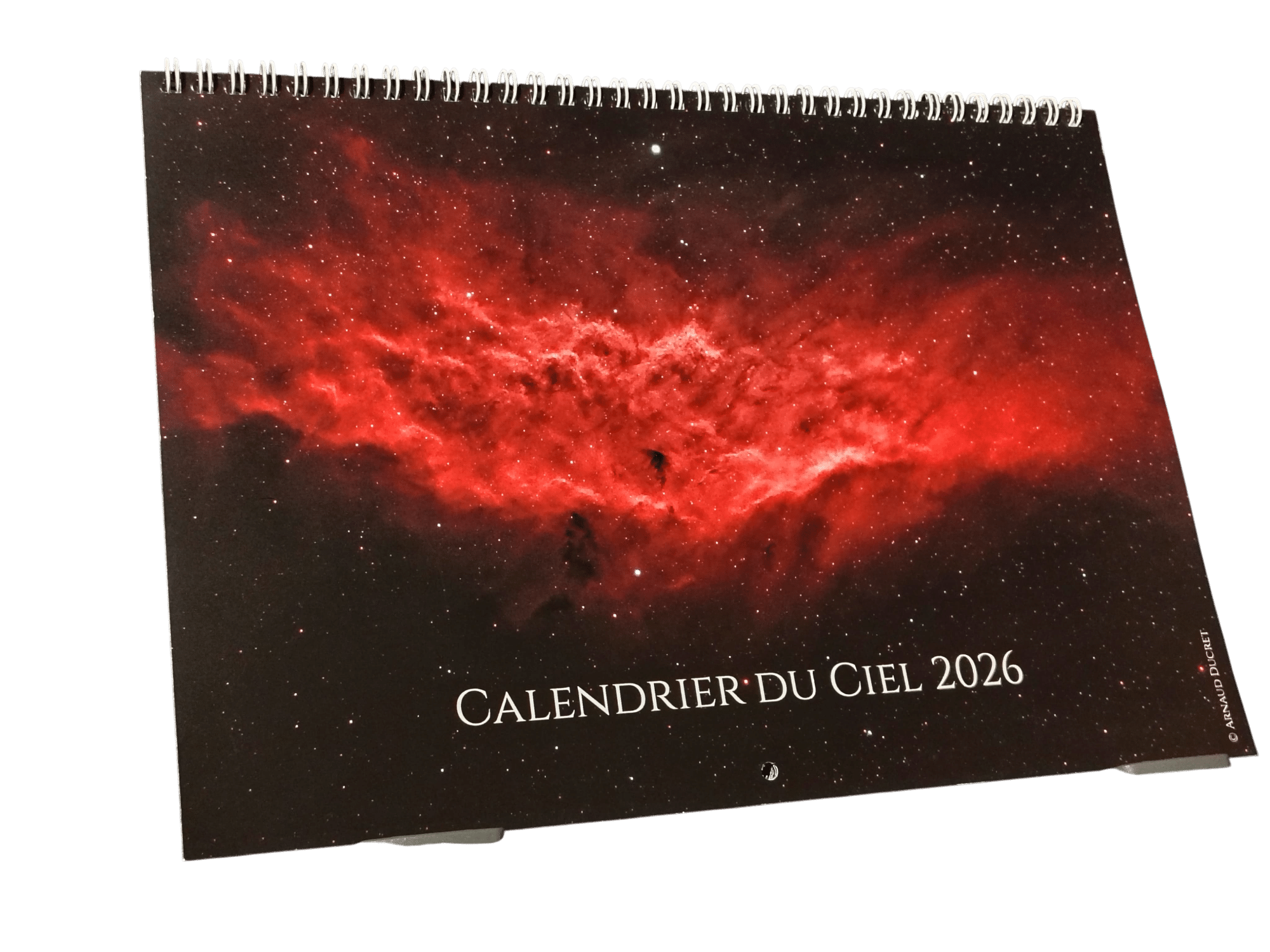Do you have a telescope but don't know where to start? Do you want to make the most of your astro evenings, but are discouraged by the manuals, settings and missed nights?
Treat yourself to personalized support, right in your own home. Whether you're a complete novice, an enthusiast on a break or a budding astrophotographer, I offer a tailor-made evening (or night!) to unlock your practice and make your sky shine.
⭐ What we can do together :
-
Installation and settings mounting, balancing, collimation - I'll guide you step-by-step through your instrument (Dobson, Newton, Mak, SC, etc.).
-
Controlled observation The Moon, Saturn and the Orion nebula will no longer hold any secrets for you.
-
Reading the sky use star charts, applications and sky markers to find out what to observe and when.
-
Astrophotography and processing Need help capturing or processing your images? I can help you with your setup, your software or your raw images.
-
Setup and automation on-the-spot assistance to tame GoTo mounts, equatorial stationing, polar align, autoguiding, etc.
🎯 Who is this course for?
-
New telescope owners wanting to get off to a good start.
-
Beginners or experienced astrophotographers wishing to progress technically.
-
Parents, teachers and educators who want to help children discover the sky without stress.
-
Curious people who want to experience a real astro evening before to invest.
✅ You leave with :
-
A perfectly tuned instrument and fully mastered.
-
A checklist PDF for your future parties.
-
A complete autonomy to observe alone, with family or friends.
-
The feeling of having finally understand how it works !
📍 Location at your home in French-speaking Switzerland (or surrounding area, subject to availability)
📅 Date to be agreed together, depending on your schedule and the weather
💰 Rate CHF 199 for a full evening (plus travel expenses, depending on location)
👉 Book your private astro evening now and turn your telescope into a dream machine.
















